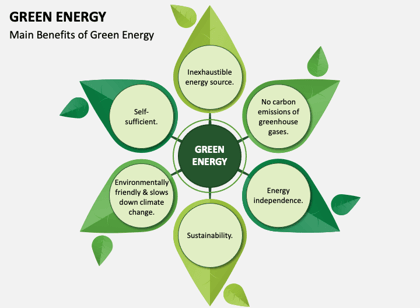
Carbon Management
Carbon Management involves a spectrum of approaches to measure, diminish, and offset carbon dioxide (CO2) and other greenhouse gas (GHG) emissions, pivotal in combating climate change. Here's how Lightpath Ventures can assist your organization in navigating this crucial arena:
1. Carbon Footprint Evaluation:
Initiating carbon management begins with evaluating an organization's carbon footprint. This process entails identifying and quantifying the greenhouse gas (GHG) emissions sources linked to the organization's operations, including direct emissions like fuel combustion and indirect emissions from electricity purchases, transportation, and supply chain activities.
Such assessments typically adhere to globally recognized protocols such as the Greenhouse Gas Protocol or ISO 14064 standards.


2.Emission Reduction Strategies:
Once the carbon footprint is assessed, organizations can implement strategies to reduce emissions. This may include:
Energy Efficiency Improvements: Implementing energy-saving measures such as upgrading to more efficient equipment, optimizing processes, and improving building insulation.
Renewable Energy Adoption: Transitioning to renewable energy sources such as solar, wind, or biomass to replace fossil fuel-based energy generation.
Transportation Optimization: Promoting alternatives to single-occupancy vehicle commuting, such as public transit, cycling, or telecommuting, and transitioning to low-emission vehicles for fleet operations.
Waste Management: Implementing waste reduction, recycling, and composting programs to minimize emissions associated with waste disposal.
Supply Chain Engagement: Collaborating with suppliers to identify opportunities for emissions reductions throughout the supply chain.
3. Carbon Offsetting:
When emissions reductions aren't feasible or cost-effective, organizations can offset their remaining emissions by investing in carbon offset projects.
Carbon offsets denote verified emissions reductions or removals accomplished by projects like afforestation/reforestation, renewable energy generation, methane capture from landfills or agricultural operations, and industrial gas destruction.
Carbon offset projects are usually certified through third-party standards like the Verified Carbon Standard (VCS) or the Gold Standard.


4. Monitoring, Reporting, and Verification (MRV):
When emissions reductions aren't feasible or cost-effective, organizations can offset their remaining emissions by investing in carbon offset projects.
Carbon management requires ongoing monitoring and reporting of emissions data to track progress towards reduction targets and ensure accountability. This involves implementing systems and processes to collect, analyze, and report emissions data accurately and transparently.
Verification by independent third parties ensures the credibility and accuracy of reported emissions data and the effectiveness of emissions reduction initiatives.
5.Carbon Disclosure and Stakeholder Engagement:
Transparent disclosure of carbon management efforts, including emissions data, reduction targets, and progress reports, fosters accountability and trust among stakeholders, including investors, customers, employees, and the broader community.
Engaging stakeholders in carbon management initiatives can help garner support, gather input, and identify opportunities for collaboration and innovation.


By implementing robust carbon management practices, organizations can not only mitigate climate change but also realize cost savings, enhance resilience to regulatory and market risks, and demonstrate environmental leadership.
Location
102, VISTA-2 BLDG, LBS MARG, GHATKOPAR (W), Mumbai, Mumbai, Mumbai, Maharashtra
Contacts
+91 97690 02154 lightpathventures@gmail.com


